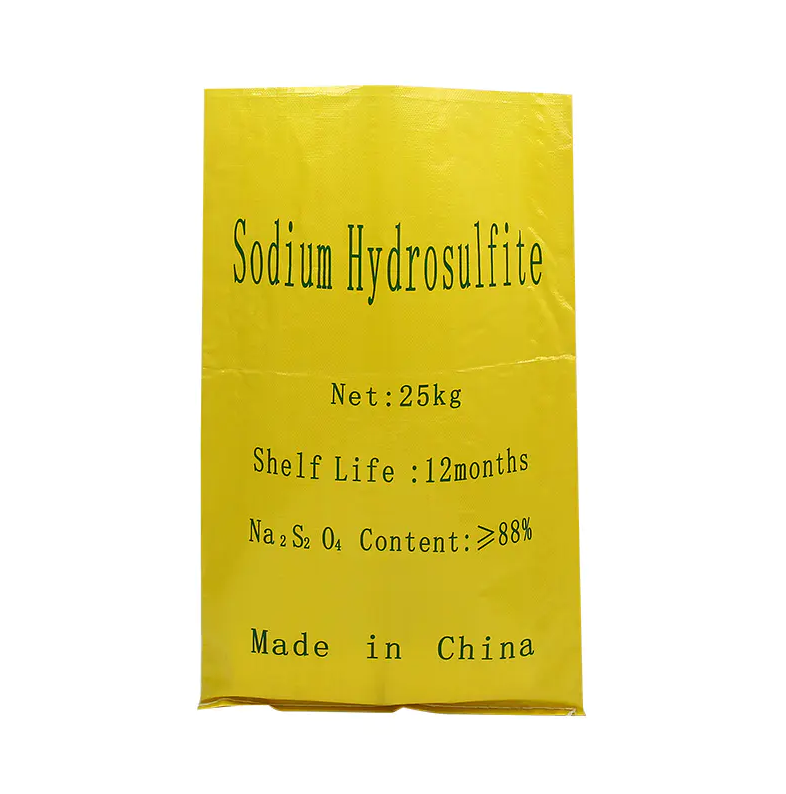A Sustainable Future Through Compostable Fertilizer Bags

Compostable Fertilizer Bags are becoming a key part of the agricultural packaging ecosystem. Their unique composition supports both environmental goals and practical requirements for fertilizer storage. These bags are designed to withstand heavy loads and fluctuating temperatures while remaining capable of full decomposition in composting facilities. Such balance of performance and biodegradability reflects the growing capabilities of modern packaging manufacturers.
The production process integrates eco-material innovation with automated precision. Biodegradable polymers are first formulated, then extruded into film layers that define the bag’s strength and flexibility. Some factories apply surface treatments that enhance printability or moisture protection without adding synthetic coatings. By maintaining control over each step—from raw material selection to finishing—manufacturers ensure uniform quality across every product batch.
One notable aspect of Compostable Fertilizer Bags is their environmental compatibility after disposal. When discarded under suitable conditions, they break down into carbon dioxide, water, and organic matter. This outcome supports soil regeneration and avoids plastic pollution. The transition to such biodegradable materials has been encouraged by both environmental policy and market demand, particularly among agricultural exporters.
Producers in China have adopted large-scale automated production lines to meet this demand. The integration of digital monitoring systems allows for continuous quality assurance and optimization. This technological investment not only improves efficiency but also aligns with broader sustainability strategies. Each bag is tested for tensile strength, sealing performance, and decomposition rate before shipment.
As agricultural businesses shift to more sustainable supply chains, Compostable Fertilizer Bags illustrate how responsible packaging can create economic value. Their adoption reduces environmental risk and demonstrates brand commitment to eco-conscious practices. Whether used in local farming or international fertilizer trade, they represent a functional and forward-looking approach to packaging design.
- Creative Multimedia
- Education & Innovation
- Business & Technology
- Sustainability & Ethics
- App & IT Development
- Community & Culture
- Thought Leadership
- Event
- AI & Robotics
- Craft
- Homepagina
- Fitness
- Free Peck
- Game
- Tutorial
- Health
- Music
- Networking
- Other
- Business
- Religion
- Shop
- Sport
- Wellbeing



